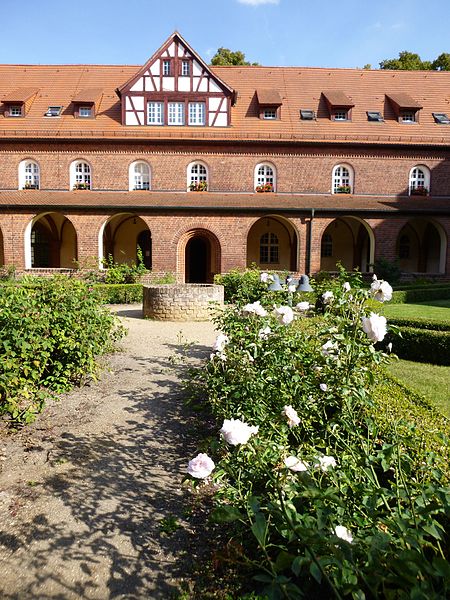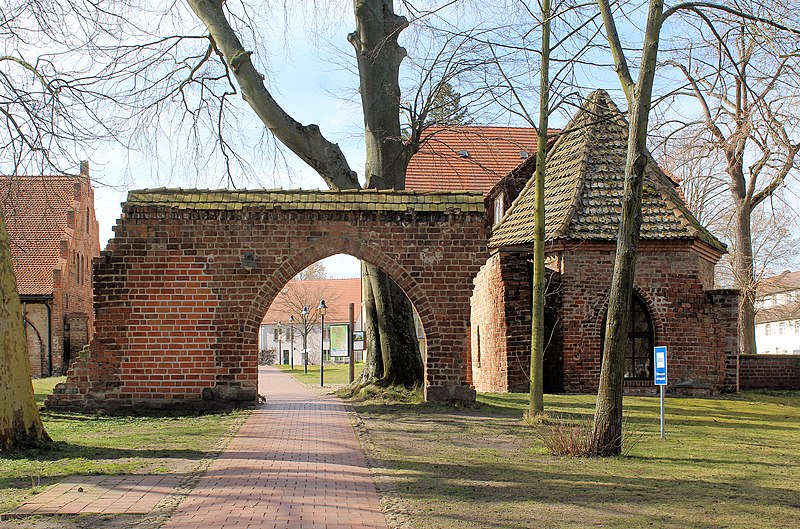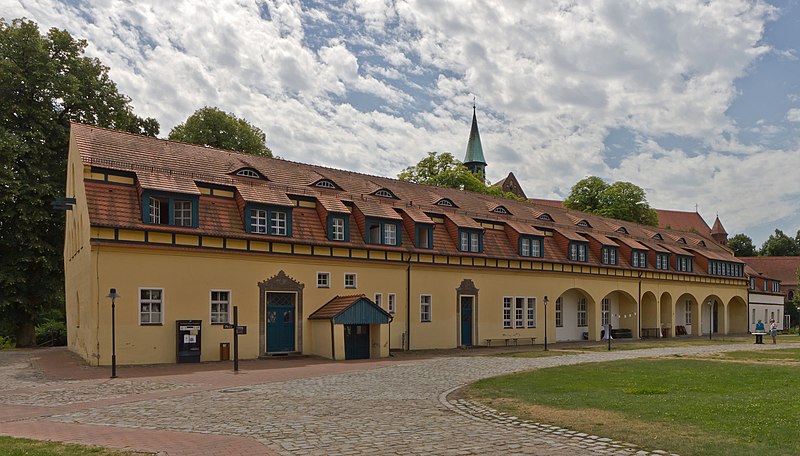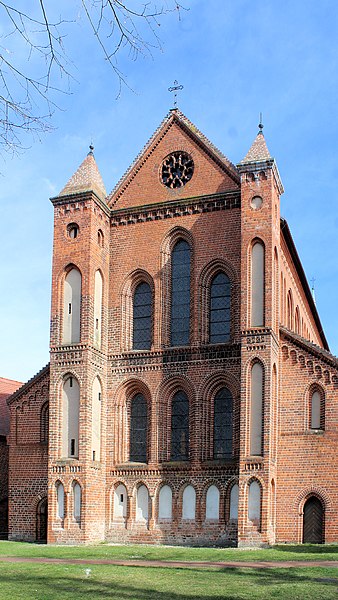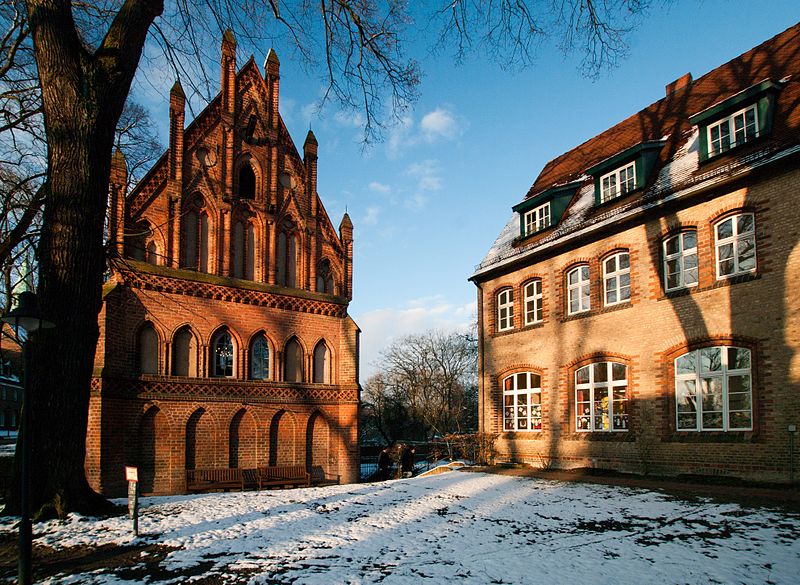Lehnin Abbey
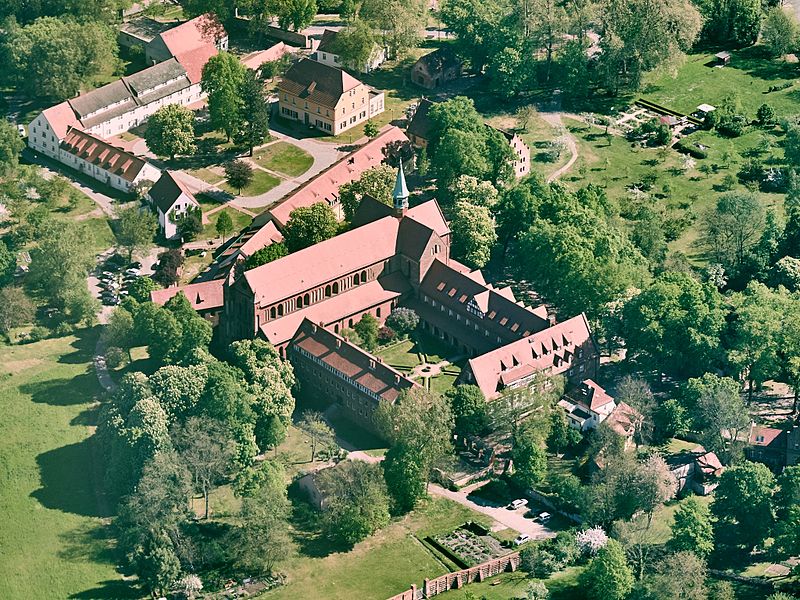
Facts and practical information
Lehnin Abbey, nestled in the serene town of Lehnin in Brandenburg, Germany, stands as a testament to the country's monastic heritage. This historic monastery, founded in 1180 by Margrave Otto I of Brandenburg, is a prime example of Brick Gothic architecture, a style commonly found in the Baltic region during the medieval period. The abbey was initially home to Cistercian monks, who played a crucial role in the cultivation and development of the surrounding lands.
The tranquil and picturesque abbey grounds offer visitors a glimpse into the monastic life of the Middle Ages. The Lehnin Abbey Church, with its impressive red brick facade, is particularly noteworthy. Despite suffering damage during the Thirty Years' War and falling into disrepair, the church has been meticulously restored, allowing its Romanesque and early Gothic elements to shine through.
Throughout its history, Lehnin Abbey has served multiple purposes. After the Reformation, it was secularized and transformed into an electoral residence and later, a hospital. Today, the abbey has regained its spiritual significance; it is not only a historical site but also an active religious community. The complex includes beautifully landscaped gardens, a pond, and remnants of the original monastic buildings, making it a peaceful retreat for both the mind and soul.
Lehnin Abbey – popular in the area (distance from the attraction)
Nearby attractions include: Klostersee.


